Visit the Museum of the Air Force in Monina
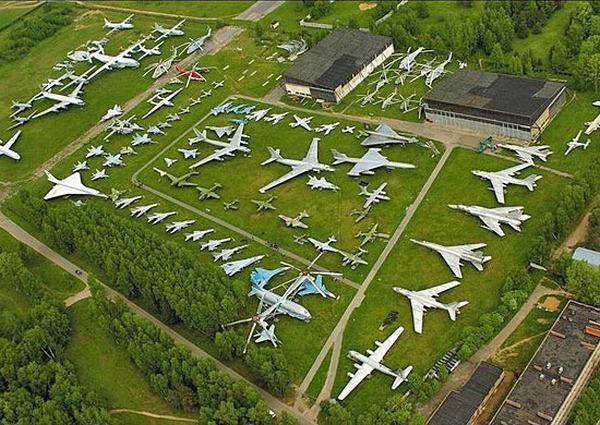
The museum was created in the 1958 year at the Gagarin Air Force Academy, transferred to Voronezh in the 2011 year, and now it exists independently alongside the fenced buildings left after the academy.
Many years ago, familiar officers from the academy organized a visit to this museum for us, but on this day the museum was closed, and we could only see the equipment put up behind the fence on the field.
It so happened that I was able to get to the museum after years and get acquainted with the pride of the military aviation of the Soviet Union, which was deservedly considered one of the leading aviation powers of the world.
Visiting the museum leaves ambivalent feelings: on the one hand, pride in a great country, which for many years created masterpieces of military aviation, on the other, the practical absence of such masterpieces in the years after the collapse of the Union and, apparently, the inability to adequately present what was done earlier. Some neglect of the museum and uncertainty about tomorrow are felt, many exhibits are dilapidated and need restoration.
The structure of the museum
What is a museum like? Only the main building of the museum with two well-equipped hangars built in 2005 year in accordance with the necessary requirements looks good. In one hangar there is a unique exposition of aircraft engines, in the other aircraft of the times of the Great Patriotic War.
The main exposition is displayed on a grass field with asphalt paths for inspecting the exhibits. On the border of the field are two large ancient hangars, very similar to the buildings of the 50-s. One is closed, that there is not clear. In another exposition mainly from the birth of Russian and Soviet aviation.
The greatest interest is the aircraft and helicopters on the field. There are more than a hundred aircraft of various classes. From small fighters to giant strategic bombers and transport aircraft, as well as helicopters from the smallest to the largest. It is impossible to describe everything, you can only tell about the most original and interesting exhibits.
The exposition is opened by a giant B-12 helicopter (Mi-12), in no way resembling modern helicopters. Outwardly, it looks more like an original aircraft design.
Strategic bombers
It continues the exposition of the first Soviet strategic bombers of the Tu-4, Tu-16, Tu-22 and the unusual Tu-128 high-altitude supersonic fighter-interceptor that reached 1910 km / h.
The highlight of the exhibition, apparently, are the giant aircraft Myasishchev and Sukhoi, striking in their originality, characteristics and beauty.
Strategic bomber Myasishchev 3M was created back in the distant 1954 year! It is hard to imagine that in those days with the appropriate level of technology and technology it was possible to create such a machine. The aircraft was put into service and served for many years in strategic aviation (until the middle of the 80).
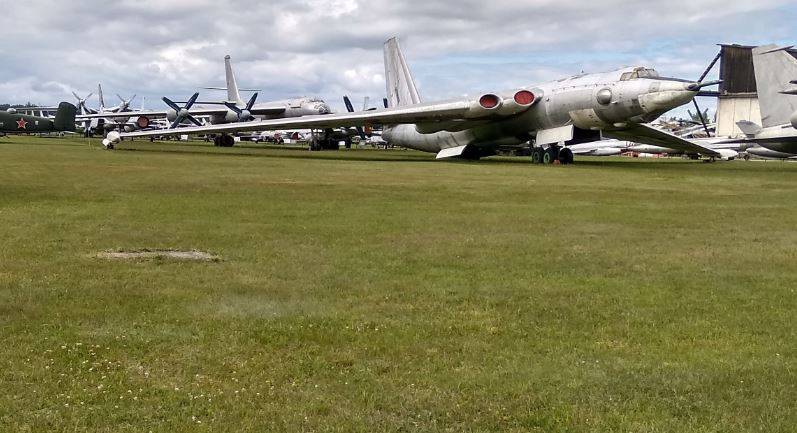
The use of this aircraft was unexpectedly found at the end of 80-x as a carrier aircraft for the delivery of the space shuttle Buran from Moscow to Baikonur. The “Burana” transportation was supposed to be carried out by an “Mriya” aircraft specially designed for this purpose, but it was not completed in time, and on the basis of 3М was a carrier aircraft VM-T Atlant, which carried out the “Buran” and large space system nodes "Energy - Buran".
Next to 3, Myasishchev’s next masterpiece is the strategic M50 supersonic bomber, created in 1959. Only one sample was made, during the tests of which it turned out that, due to the lack of the required engine, it was not possible to reach the supersonic speed of 2000 km / h and the work was closed.
The supersonic reconnaissance-strike bomber or Sukhoi T-4 Sukhoi aircraft carrier destroyer, created in 1971, impresses with its originality. The lowered nose of the aircraft opens the cockpit, which was closed when raising the nose fairing when flying at supersonic speeds and the pilots drove the instrument.
The plane was supposed to reach the speed of 3200 km / h, and the tests that were started confirmed the possibility of achieving such characteristics. But the efforts of Tupolev and the Minister of Aviation Industry Dementiev instead of the T-4 advanced the Tu 22M aircraft at a speed of only 2300 km / h, which was put into service, and work on the "weave" was stopped.
The exhibition displays dozens of fighters and interceptors, each with its own storyand you will not tell about all. The MiG-25 high-altitude interceptor fighter is striking in its size; it seems to be a giant against the background of its “small” fellow fighters standing next to it.
The giants are represented by the Antey An-22 transport with an unnaturally large fuselage and Tu-95 strategic bomber. Here is the supersonic passenger Tu-144, busy with military aircraft.
Soviet drone
Next to the giants was a sample of the Soviet intelligence drone Tu-141, developed in 1974 and put into service. The drone took off from a mobile chassis, landing was carried out using a parachute system.
Of the new Russian developments, there was only an exhibit of the Yak-130 training aircraft, designed to replace the Czech L-39 for training military cadets.
Deck aviation was represented by an experimental aircraft Yak-36 with vertical take-off and landing.
The Myasishchev family of aircraft was also represented by one of his latest developments - the high-altitude Stratosphere aircraft M-17.
Space systems
Space systems are represented by an experimental manned orbital aircraft "EPOS" MiG-105.11, or "Bor apparatus", developed in the framework of the Soviet program of the reusable space system "Spiral" in the middle of 60-x in the Mikoyan Design Bureau under the leadership of Lozino-Lozinsky, the future chief designer of "Buran ". In the 1976-1978, the aircraft was tested during an air launch from a Tu-95 bomber and its rocket launches into space, from where it returned independently to the ground.
The MiG-105.11 aircraft was made on a 1: 3 scale to a prototype spacecraft, traveled in space and passed a flight test cycle that confirmed the possibility of creating such a reusable system, but at the end of 70's the work was stopped in favor of the much more expensive project “Energy - Buran ”, and the reserve for the project“ EPOS ”was used to create the“ Buran ”. According to the “Spiral” project, the launch of the reusable ship was to be carried out from the An-225 “Mriya” accelerating aircraft, but the Union collapsed, and such projects no longer interested anyone.
Of course, in Monina there is a shortage of the “Buran” sample; in such a museum it should be necessary. He has no place at the Exhibition of Economic Achievements and even more so in Gorky Park, where he was until recently as an entertainment attraction. From approximately 9 samples of “Buran” and its models, made for various types of tests, it was possible to find one and exhibit in the museum. By the way, one of the copies of “Buran” is located in a private museum in Germany, which in 90, someone successfully sold to aviation enthusiasts.
Helicopters
Separately, next to the hangars, there is a platform with exhibits of helicopters on display in a crowd, which cannot be approached and looked at, apparently there is not enough space for exposition. Among all the fellows, the world's largest Mi-26 stands out and next to it is the “old man” Mi-6, distinguished by the presence of aircraft wings. He immediately reminded me of his youth, in the 60-e he was the main vehicle during the development of Western Siberia, and I had to fly on it, at that time it was the largest serial helicopter in the world.
Near the wall of the hangar was a forgotten by all heavy landing-transport helicopter Yakovlev Yak-24, something resembling an American Chinook. Created at the beginning of 50-x and launched into mass production in 1955, the Yak-24 could carry up to 30 paratroopers or cargo weighing up to three tons.
How did Russian and Soviet aviation begin
In the ancient hangar, the exposition of aircraft of the era of the birth of aviation, exhibited somehow nonsystematically mixed with modern samples. Here is the famous "Ilya Muromets" of Sikorsky, the first Soviet giant Tupolev ANT-25, models of the first "bookshelves", modern fighters and some devices suspended in the depths under the roof without any signs.
The hangars of the hangar are two samples - the heavy 4-motorized bomber Ilya Muromets Sikorsky, created in 1913, and the single-engine ANT-25 Tupolev single-engine aircraft with a range of 13 thousands of kilometers, created in 1932. On such an aircraft, the crew of Chkalov in the 1937 year made a non-stop flight Moscow-North Pole-USA, and this on a single-engine plane at a speed of 240 km / h!
It should be noted that the exposure in the hangar is organized poorly and looks like something poor. Interest could be caused by aircraft of incomprehensible design, suspended in the distance under the roof without plates, what kind of equipment, I did not understand. If you wish, you can even from the fact that there is, to organize a decent exhibition with the corresponding explanatory plates.
Where is the exotic?
The flying saucer-type devices were not represented in the museum, and they existed and are represented in other Russian museums. And where is the ekranoplans of our other genius Alekseev? The ekranoplan "Eaglet" in terrible condition is in the Naval Museum on the embankment in the Northern Tushino.
State of the museum
What can be said in general about the museum exposition? Exhibits are displayed on the field in such a way that it is impossible to approach some samples, especially this concerns helicopters. They overlap each other and not everyone has explanatory signs. The allocated area for aircraft parking is clearly small, although there are a number of abandoned areas and the museum has room to expand. I would like to see exposure on the respective types of aircraft: fighters, interceptors, heavy aircraft, drones, helicopters. One gets the impression that as the exhibits arrived, they were simply placed on the free places on the field, without particularly trying to collect by type.
The territory under the planes is well-groomed and the grass is trimmed, but the planes in the distance are overgrown with grass and you can’t see the hands before them. In appearance, many planes are very old and they are slowly deteriorating. If some kind of prevention is carried out, then this is clearly not enough for their normal maintenance.
Behind the Tu-144 lay an abandoned fighter on the ground. It can be seen, he struck down the landing gear, the plane was not removed anywhere and was thrown at the edge of the field, where he rotted out. As I understand it, the museum is on the balance of the Ministry of Defense, and the exhibits are as monuments of technology on the balance of the Ministry of Culture. Financing of the museum after moving from the Monino Gagarin Academy was sharply reduced, and as the exhibits and the territory show, it is not enough.
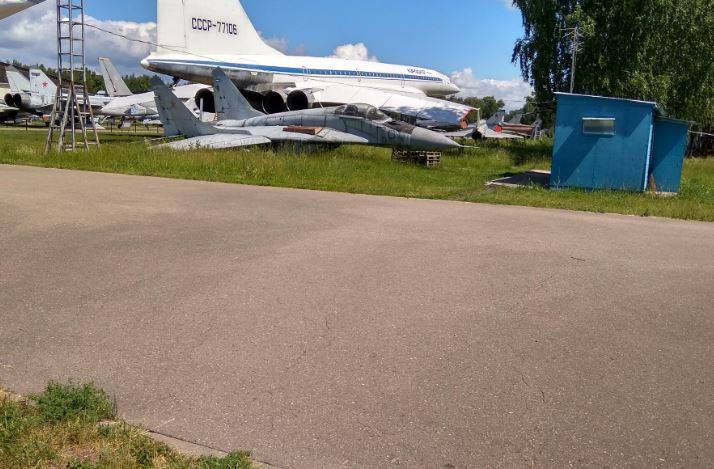
Museum perspectives
I was struck by the information that the museum does not have a state to keep it in a decent form and in many respects everything rests on the enthusiasm of the museum staff and volunteers who clean the territory, wash and clean the planes, restore them as much as possible and clean them from snow in the winter!
So, by and large, the museum is not needed by anyone. Hard to believe, but the real picture speaks of this. The mass of such a unique technique, which represents the pride of our country, and the necessary funds are not allocated for its maintenance! Such a devil-may-care attitude to the history of our aviation! In the archives of the museum is the design documentation for some of the exhibits, they could be restored and brought back to life, because many aircraft arrived at the museum "under their own power", near the still operating airfield.
The problems of the museum are connected with the fact that according to the order of Shoigu the museum is planned to be transferred to the Patriot park near Kubinka. Commissions that assessed the possibility of relocating the exhibits were already working in the museum, the results are still unknown. At the conclusion of experts, this can not be done. Without disassembly, most of the exhibits cannot be moved. And after such a move, it will be impossible to restore them in their original form, and they will become not artifacts, but models. Moreover, it is planned to transport only part of the exhibits to the Patriot park. What will happen to the others?
Such evils exist around a unique museum, and how this will end is not yet clear. The Museum of Aviation in Monina should be preserved, in the Patriot Park, and so there is something to show, why break what has been created for decades and exists thanks to the efforts of caring people? Apparently, we need a clear state program of support and development of the aviation museum with the provision of necessary funding, involvement of specialists to develop a program to restore and preserve unique aviation equipment, build the necessary modern hangars and staff the museum with the necessary staff capable of keeping it in a decent form.
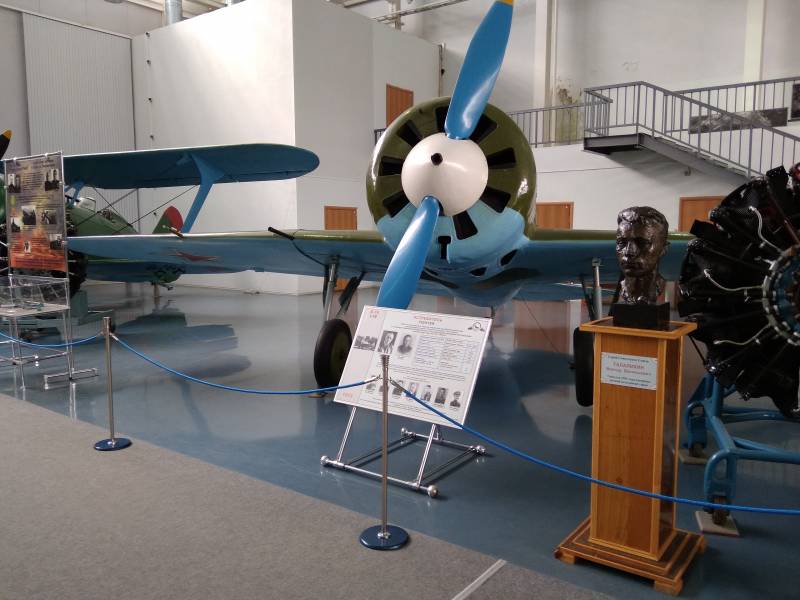
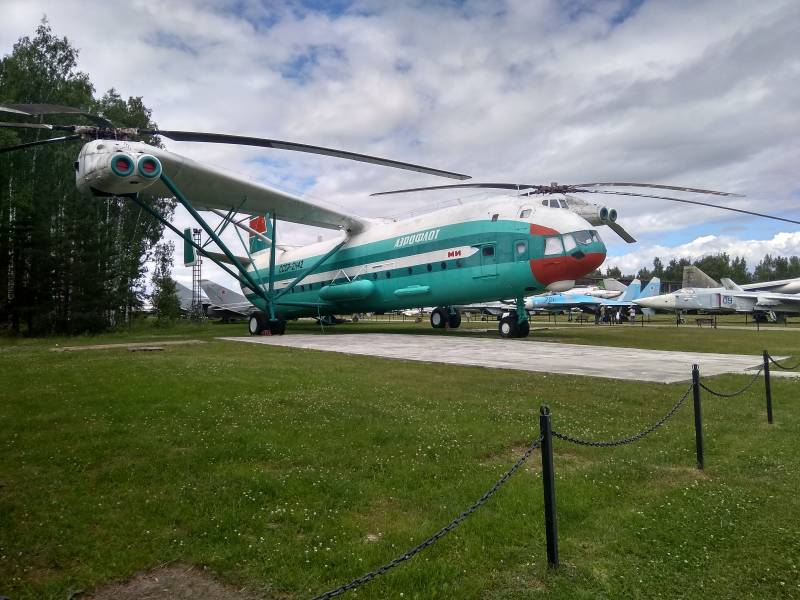
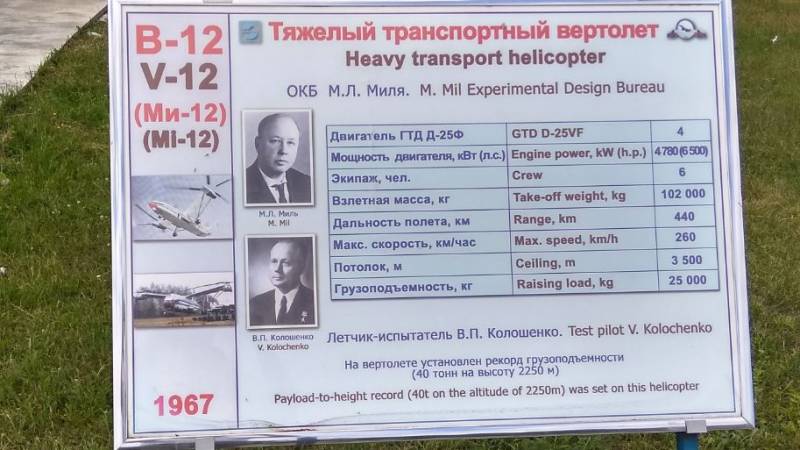
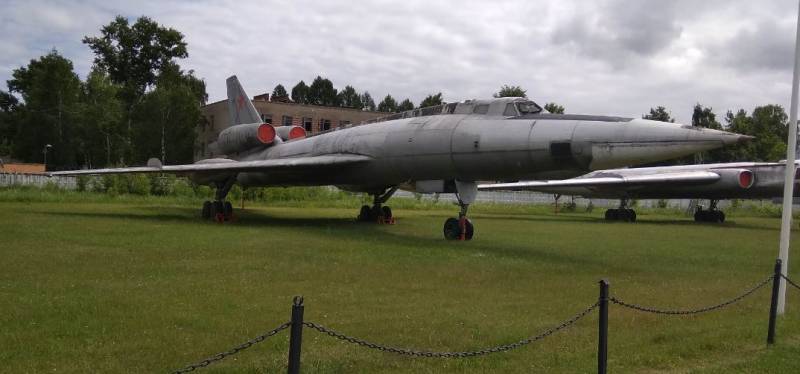
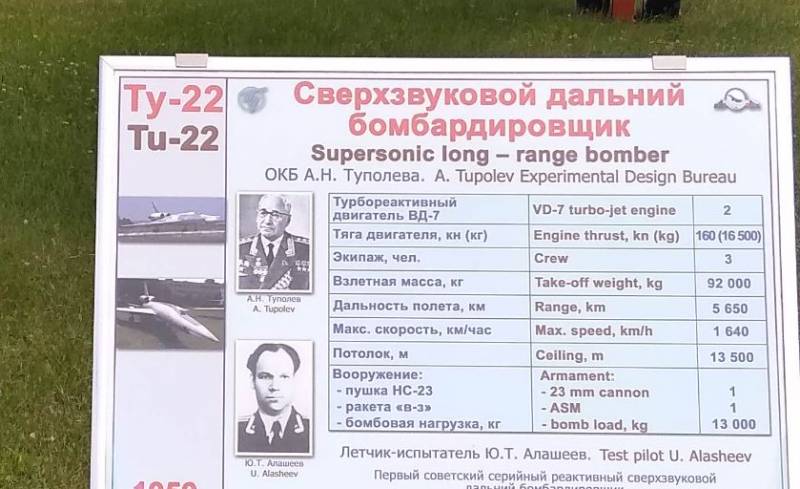
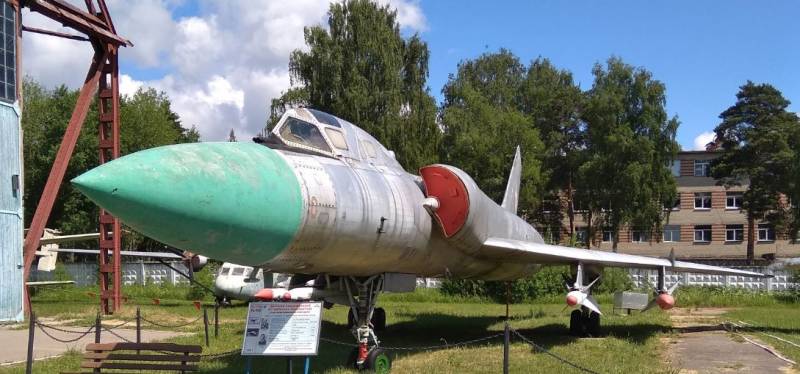
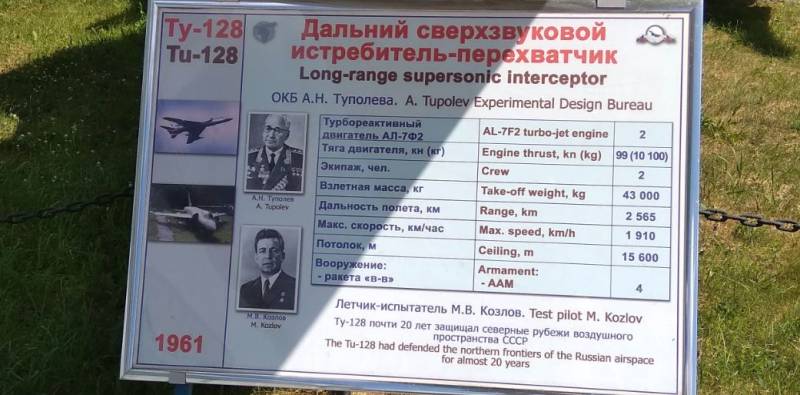
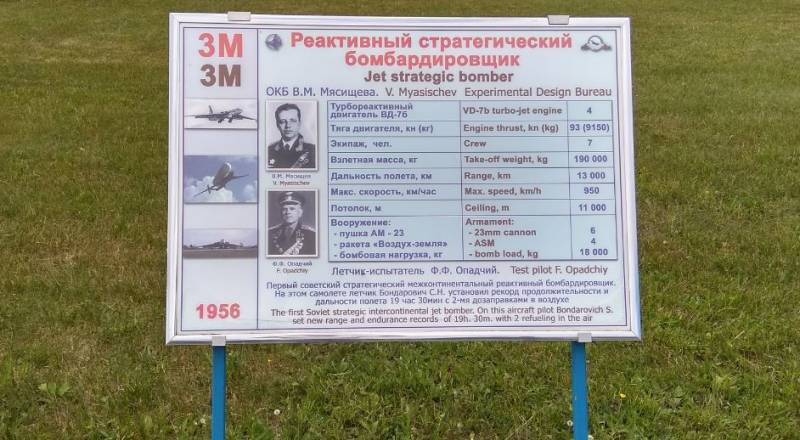
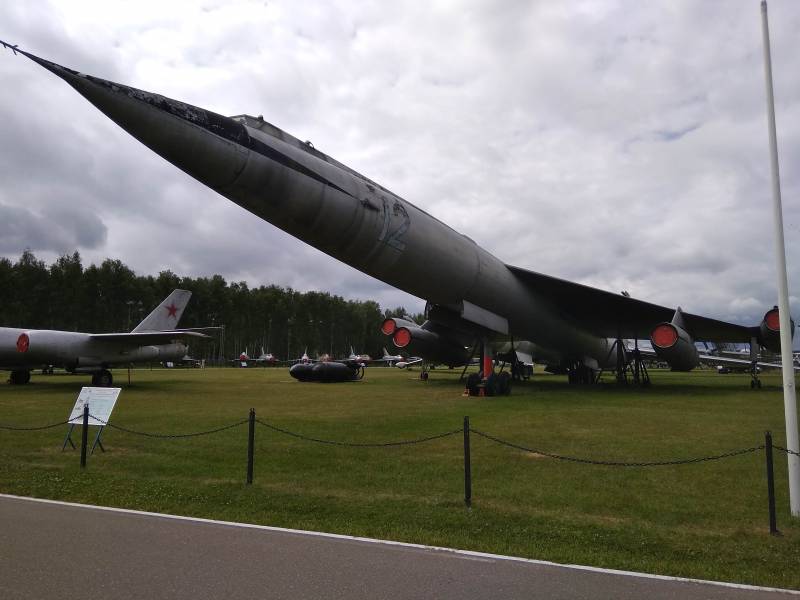
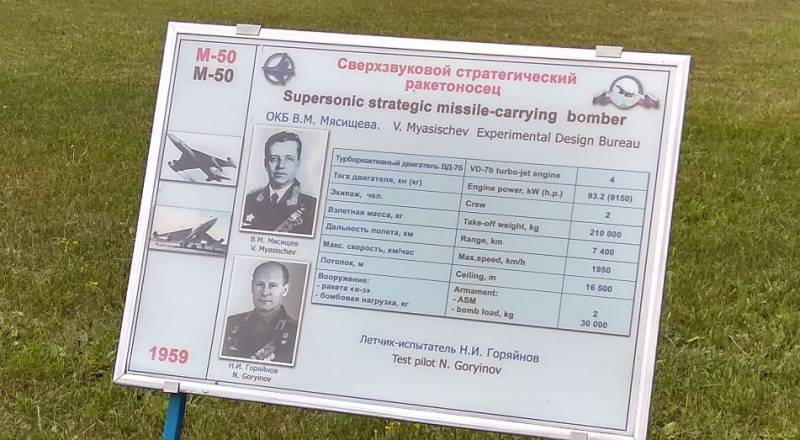
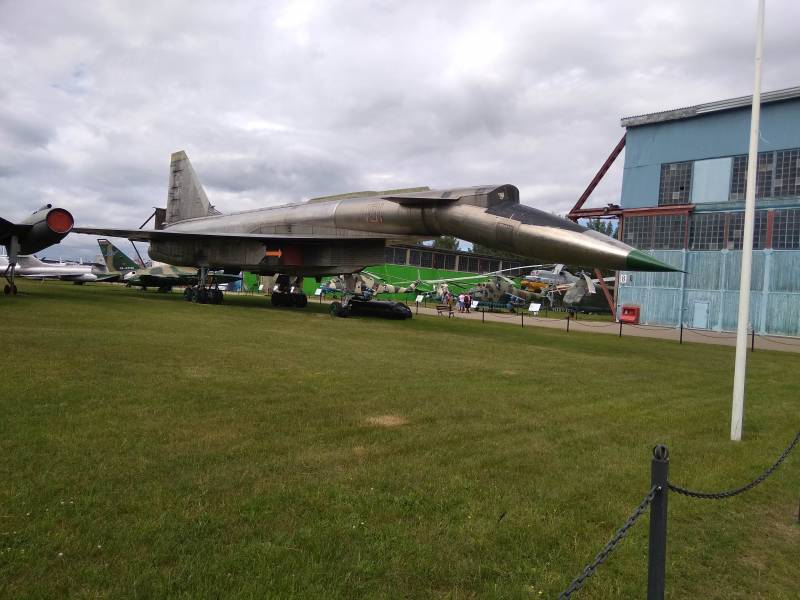
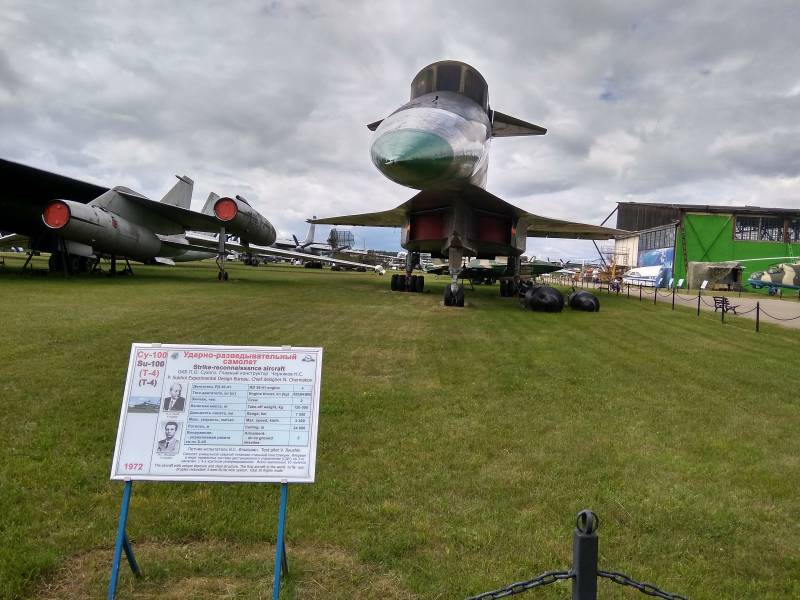
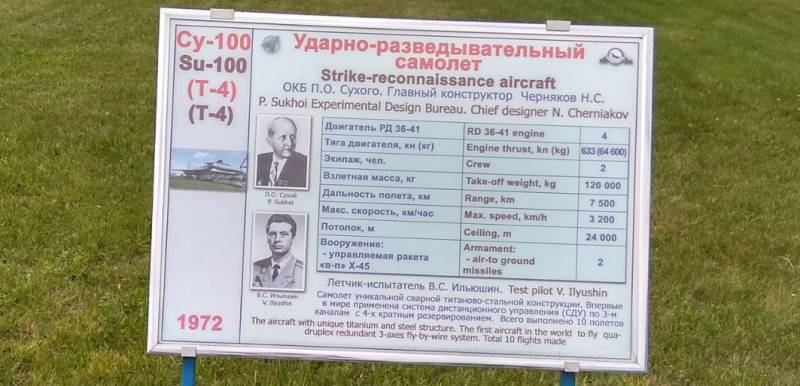
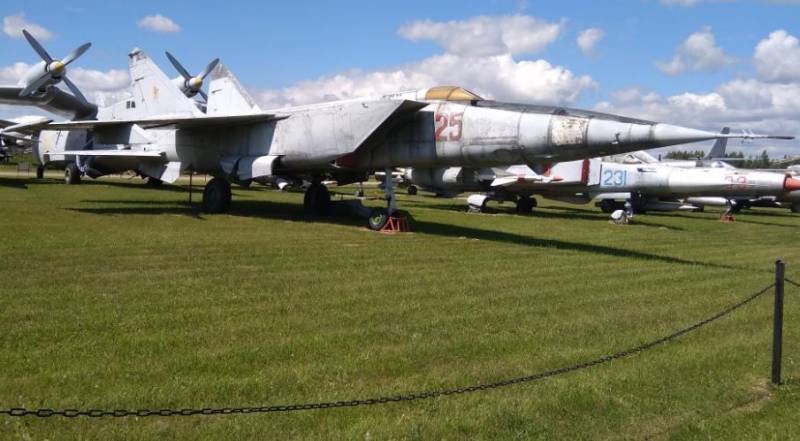
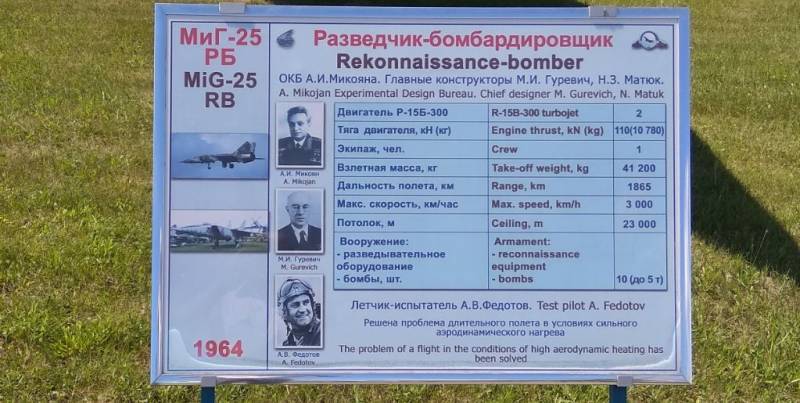
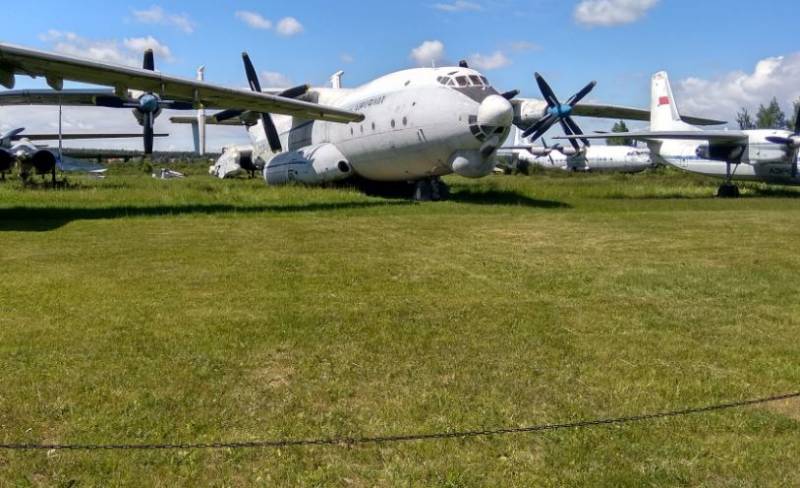
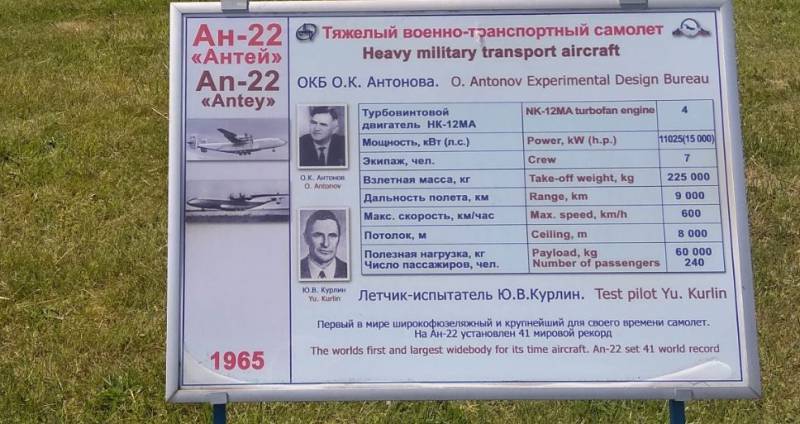
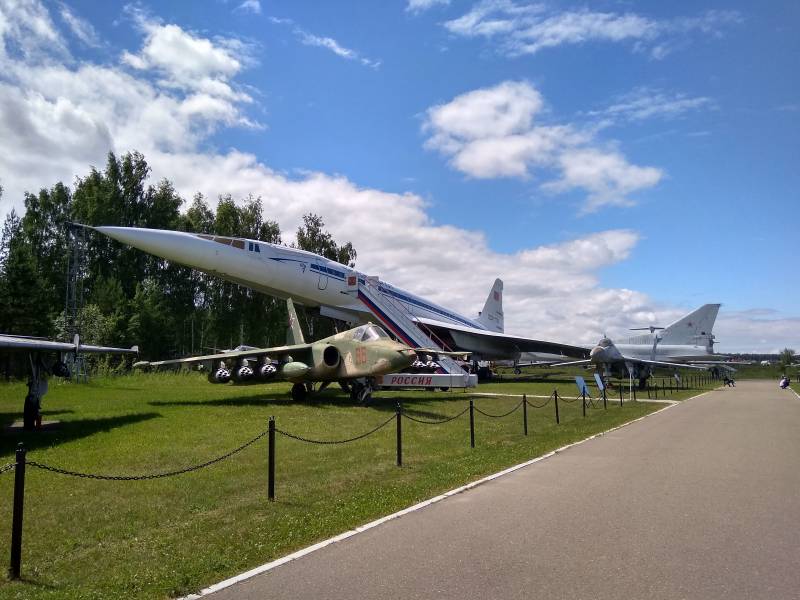
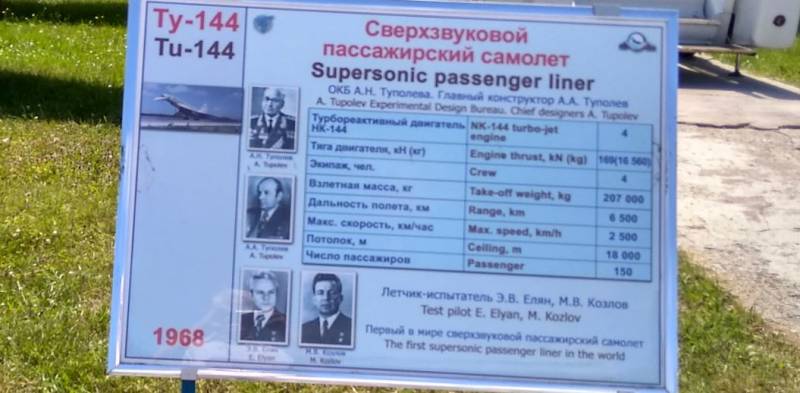
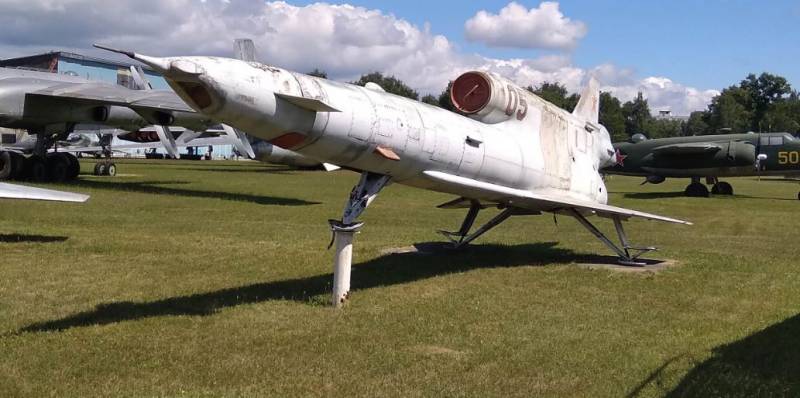
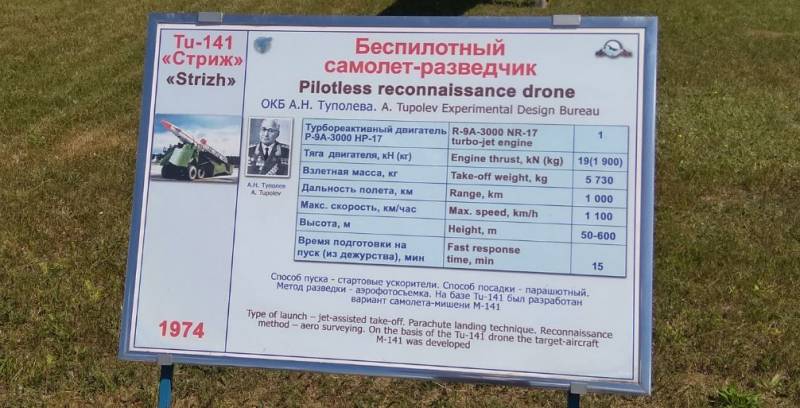
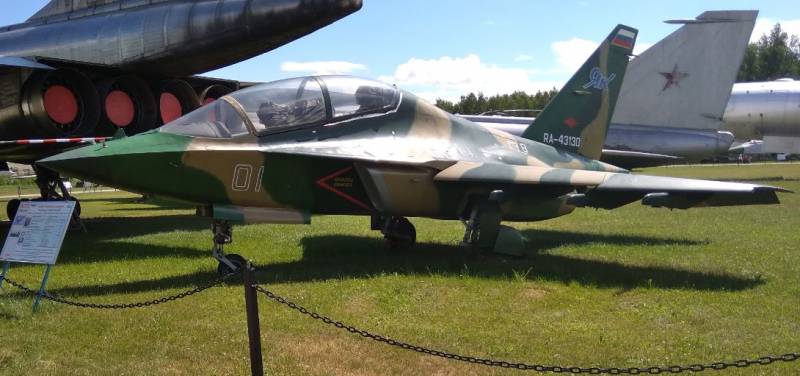
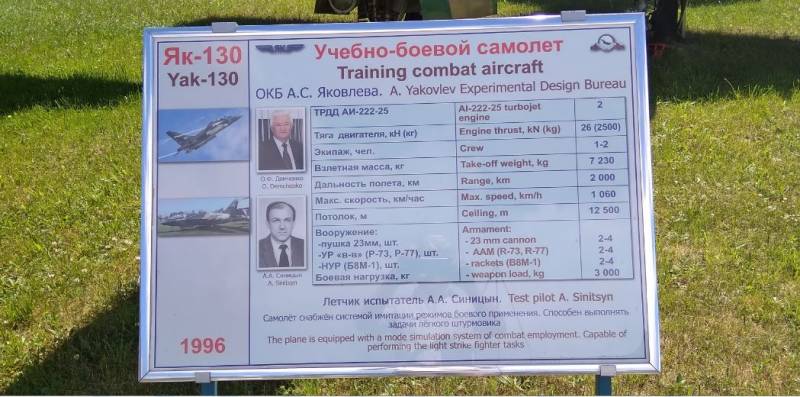
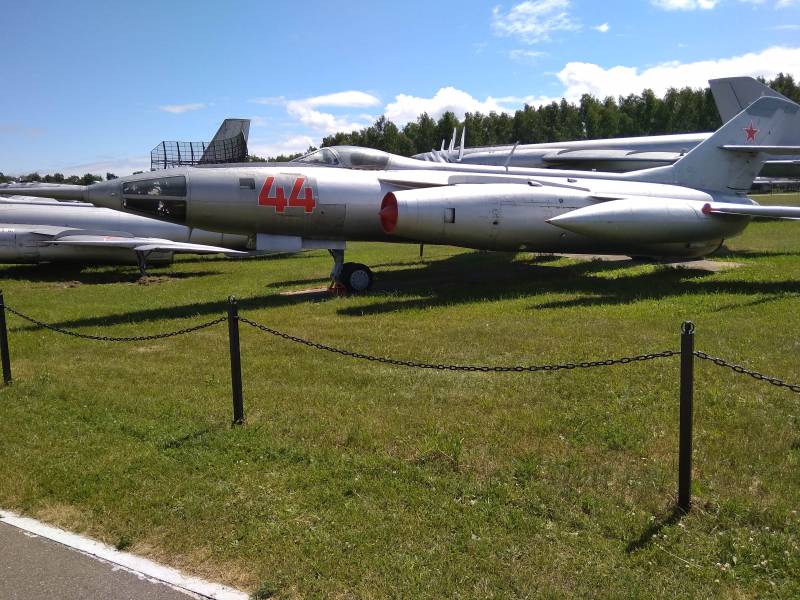
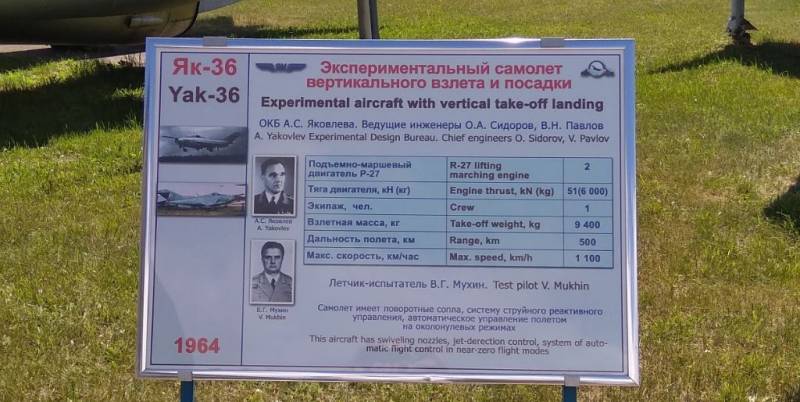
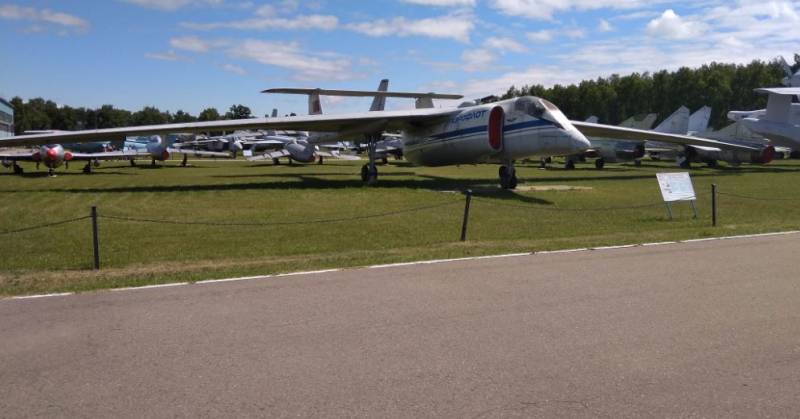
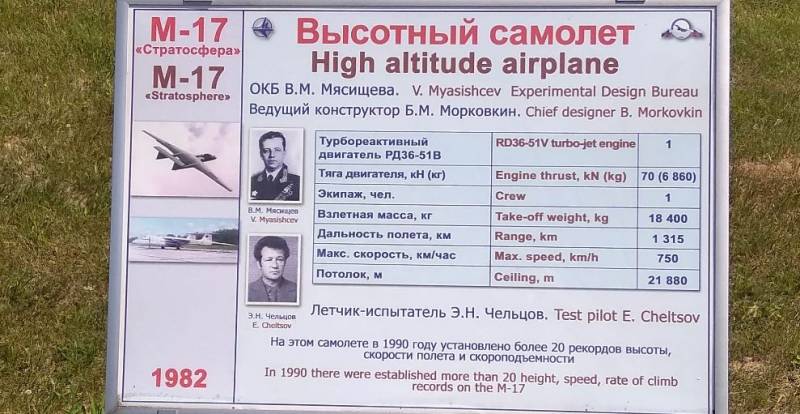
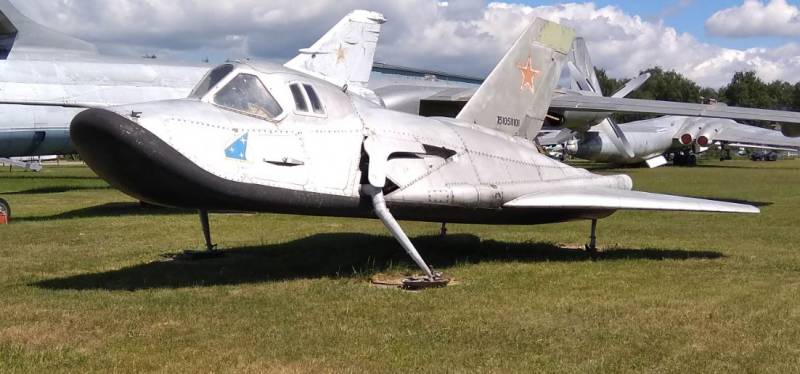
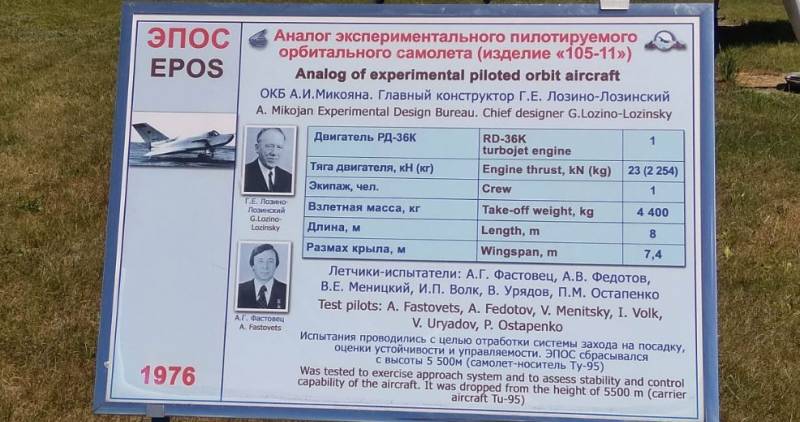
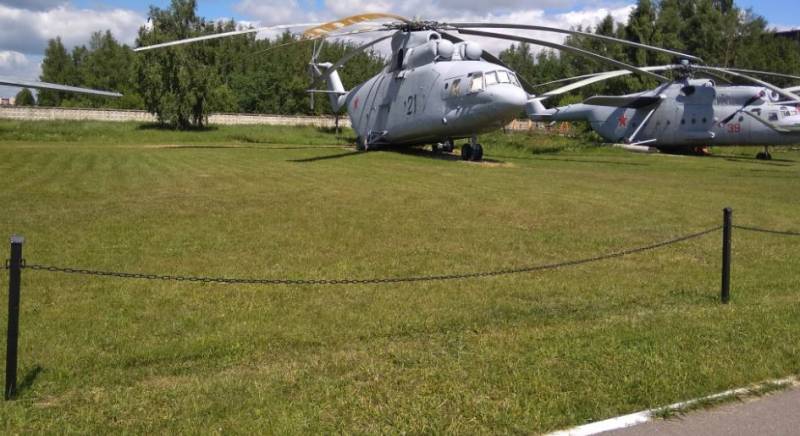
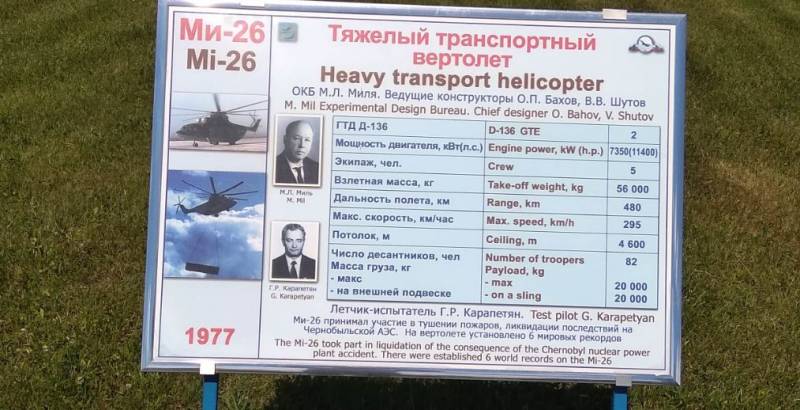
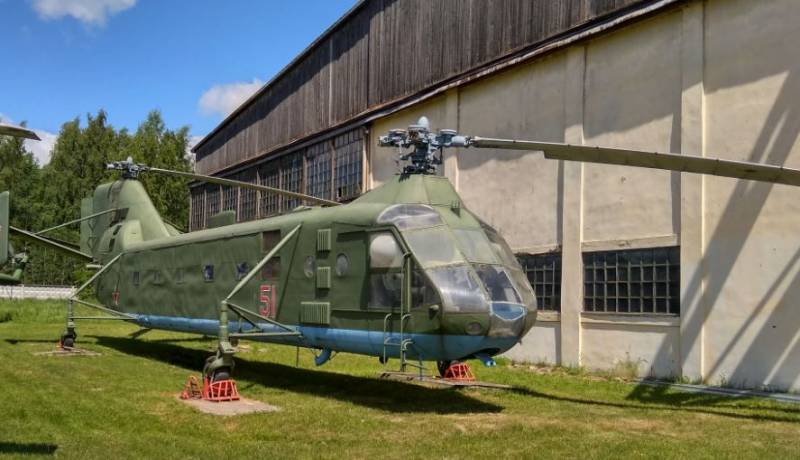
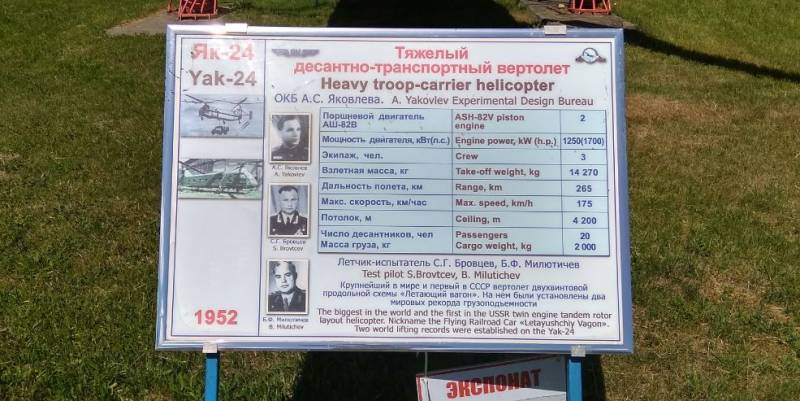
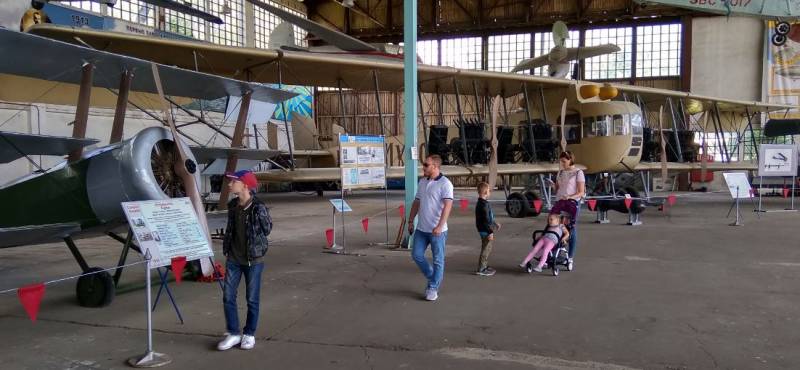
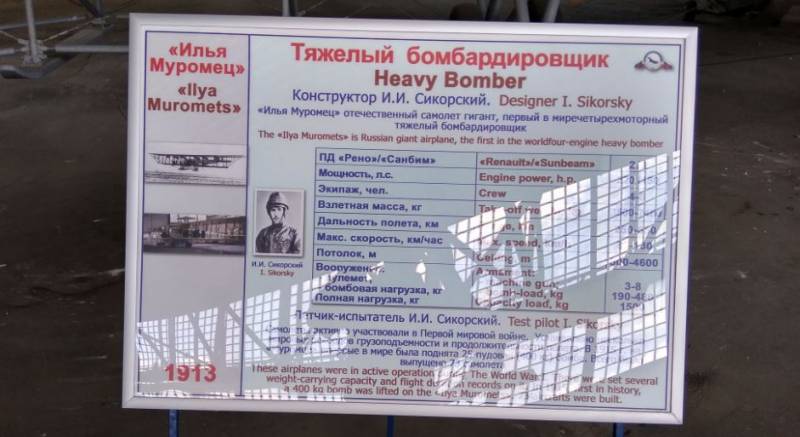
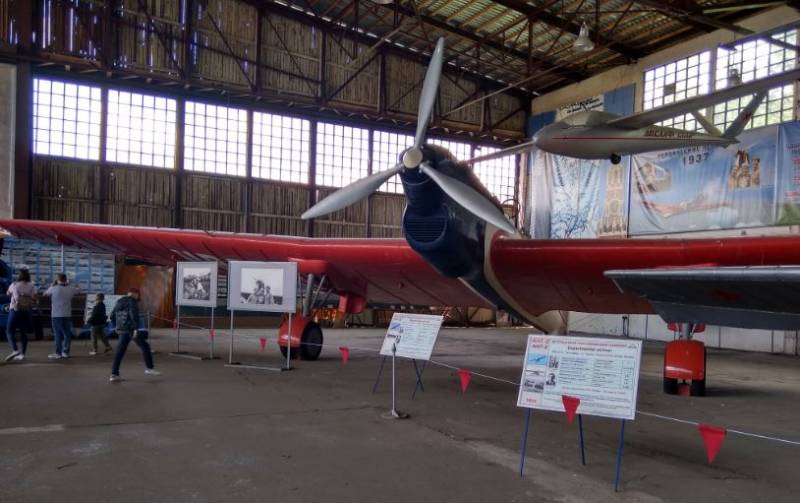
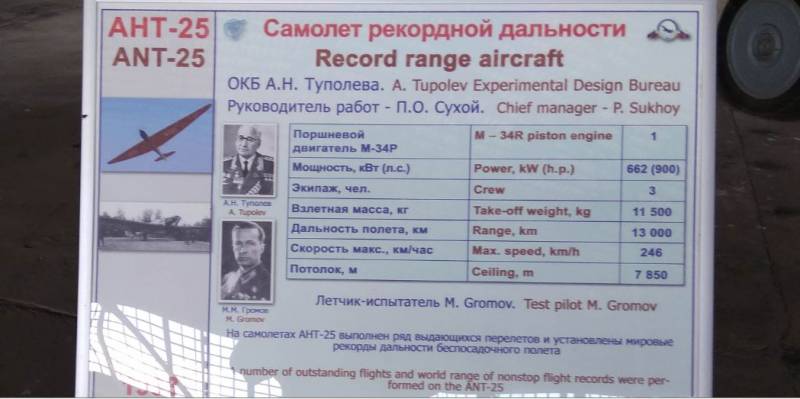
Information